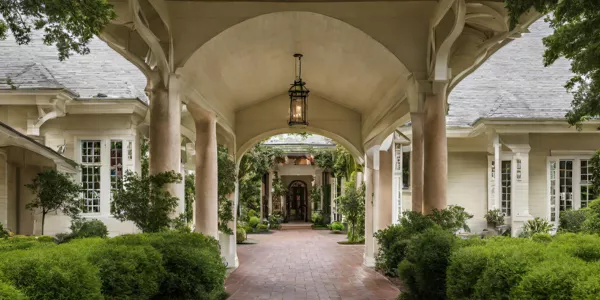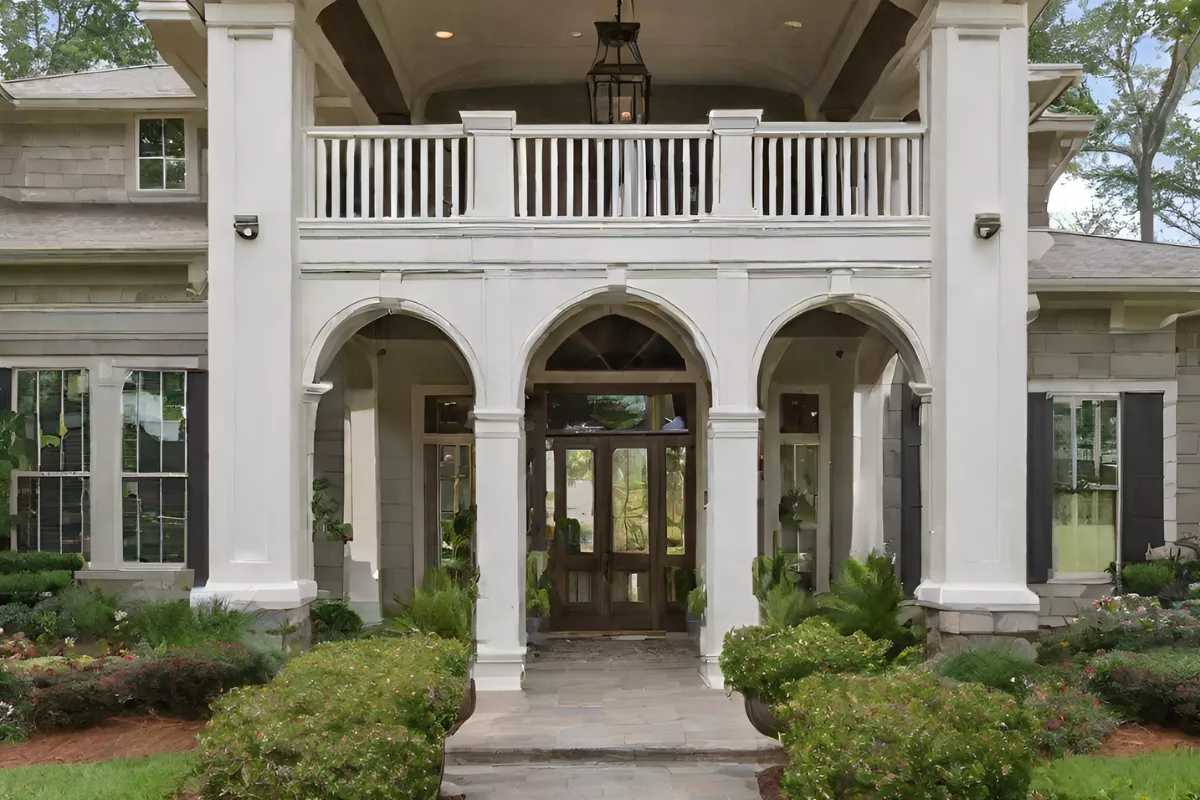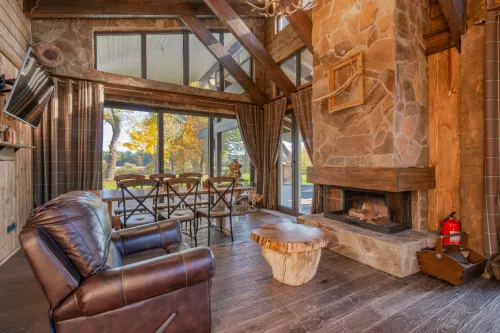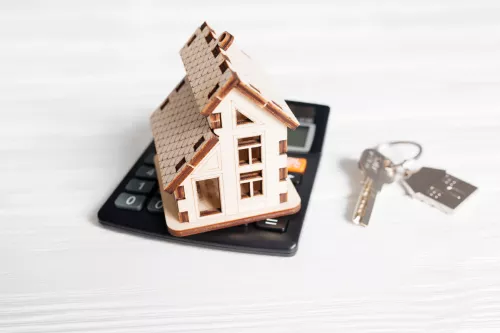In the realm of architectural design, there are features that not only elevate the visual appeal of a structure but also fulfill a practical need. The porte cochere stands out as a prime example of such an element, combining practicality with a touch of elegance.
Rooted in the grandeur of the Louis XIV and XV eras, the porte cochere, or "carriage entrance" as translated from French, was initially a hallmark of opulent palaces and manors.
This architectural marvel, with its roofed structure extending from the entrance over a driveway or courtyard, was more than an aesthetic addition; it provided a covered passage for carriages, allowing passengers to alight and board under protection from the elements.
Today, while the horse-drawn carriages of yore have been replaced by automobiles, the charm and utility of porte cocheres persist, enhancing the ritual of arrivals and departures with a flair of sophistication.
These features continue to be a testament to thoughtful design, marrying the historical elegance of their origins with the demands of contemporary functionality. Especially during seasons prone to inclement weather, like the unpredictable showers of April, porte cocheres prove their worth by shielding us from the elements.
Their enduring appeal lies not just in the practical shelter they provide but in their ability to transform everyday moments of coming and going into ceremonious occasions.
What is a Porte Cochere?

Originating from the French words "porte" (door) and "cochere" (coach), a porte cochere is an architectural element that dates back to the 18th century. It is a covered porch or portico-like structure attached to the entrance of a building, large enough to allow vehicles to pass through to a courtyard or secondary entrance.
Historically, porte cocheres were a symbol of luxury in grand estates and mansions, allowing guests to disembark from their carriages under shelter, protected from the elements.
The Purpose of a Porte Cochere
The primary function of a porte cochere is to offer a convenient, sheltered area for vehicles to drop off and pick up passengers. It's a feature that blends the practicality of providing cover from weather conditions with the elegance of a grand entrance.
In modern times, porte cocheres are not only found in luxury homes but also in hotels, public buildings, and high-end commercial establishments, where they add a touch of sophistication and convenience for visitors.
Porte Cochere vs. Carport: Understanding the Difference
While both porte cocheres and carports are architectural features designed to accommodate vehicles, they serve distinct purposes and are structurally different. A carport is a semi-covered structure, typically designed to park vehicles and protect them from the elements. It's a more utilitarian and less elaborate feature, usually detached or semi-attached to a house.
On the other hand, a porte cochere is more about the grandeur of arrival and departure, focusing on the human experience rather than the vehicle's protection. It is attached to the main entrance of a building and is architecturally integrated into the design, often adorned with elaborate details to enhance the building's aesthetic.
Synonyms and Variations
The term "porte cochere" is quite specific, but there are other terms and variations used to describe similar architectural features.
For instance, "carriage porch" is a term that echoes the historical roots of porte cocheres in accommodating carriages. In some contexts, "drive-through portico" might be used to describe a modern adaptation of this feature, particularly in commercial buildings where a covered entrance for vehicles is provided.
People also ask
Can a porte cochere be added to any type of house?
While it's possible to add a porte cochere to various house styles, it's essential to consider the architectural harmony and scale of the existing structure. It's best suited for larger homes with sufficient driveway space to accommodate the feature.
Are porte cocheres practical in all climates?
Porte cocheres are particularly beneficial in climates with frequent rain or snow, providing shelter for passengers as they enter or exit vehicles. However, they can be designed to suit various climates, offering shade in sunnier regions.
How does a porte cochere impact property value?
A well-designed porte cochere can enhance the curb appeal and overall value of a property, especially in luxury real estate markets where architectural uniqueness and elegance are highly valued.
Is there a difference in the materials used for porte cocheres and carports?
The materials for porte cocheres often match or complement the main building's architecture, using higher-end materials to achieve an elegant look. Carports tend to utilize more utilitarian materials like metal or wood.

 Marcio Vasconcelos
Marcio Vasconcelos





